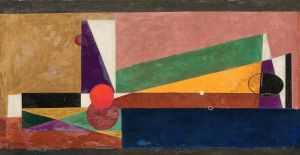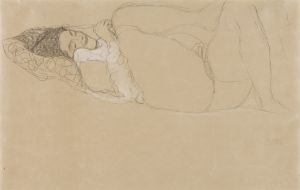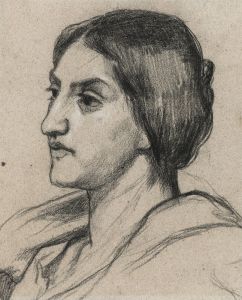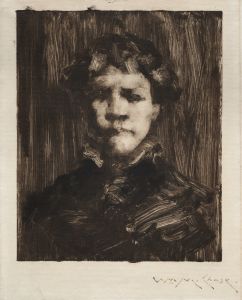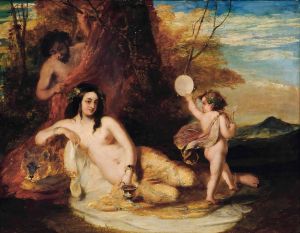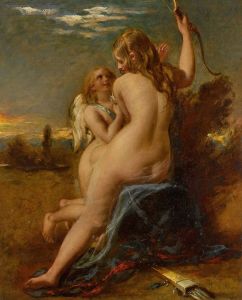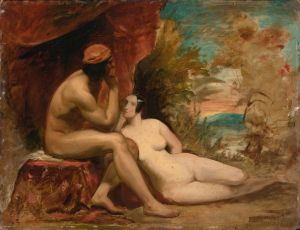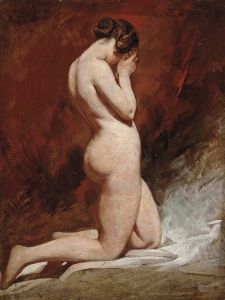
Reclining female nude
A hand-painted replica of William Etty’s masterpiece Reclining female nude, meticulously crafted by professional artists to capture the true essence of the original. Each piece is created with museum-quality canvas and rare mineral pigments, carefully painted by experienced artists with delicate brushstrokes and rich, layered colors to perfectly recreate the texture of the original artwork. Unlike machine-printed reproductions, this hand-painted version brings the painting to life, infused with the artist’s emotions and skill in every stroke. Whether for personal collection or home decoration, it instantly elevates the artistic atmosphere of any space.
William Etty's "Reclining Female Nude" is a notable work by the English artist, who was renowned for his depictions of the human form, particularly the nude. Etty, born in 1787 in York, England, was a prominent figure in the British art scene during the early 19th century. He was known for his ability to capture the beauty and complexity of the human body, often drawing inspiration from classical themes and the works of the Old Masters.
"Reclining Female Nude" exemplifies Etty's skill in rendering the human figure with a sense of realism and sensitivity. The painting features a female figure in a reclining pose, a common motif in art history that allows for the exploration of the body's contours and the play of light and shadow across the skin. Etty's approach to the nude was both academic and sensual, reflecting his training at the Royal Academy of Arts in London, where he studied under the tutelage of artists like Thomas Lawrence.
Etty's work was often met with mixed reactions during his lifetime. While some praised his technical proficiency and the beauty of his compositions, others criticized his focus on the nude, which was considered controversial and provocative by the standards of Victorian society. Despite this, Etty remained committed to his artistic vision, frequently exhibiting his works at the Royal Academy and other prestigious venues.
The "Reclining Female Nude" is characterized by Etty's use of rich, warm tones and his attention to detail in the depiction of the figure's anatomy. The painting demonstrates his mastery of color and form, as well as his ability to convey a sense of intimacy and immediacy. Etty's nudes often drew comparisons to the works of Titian and Rubens, artists he admired and whose influence is evident in his use of color and composition.
Throughout his career, Etty sought to elevate the status of the nude in British art, arguing for its legitimacy as a subject worthy of serious artistic exploration. He believed that the human body was a source of beauty and a means of expressing universal themes. His dedication to this genre contributed to a broader acceptance of the nude in art, paving the way for future generations of artists.
"Reclining Female Nude" is part of Etty's broader oeuvre, which includes historical and mythological scenes, as well as portraits. His works are held in various public and private collections, with some of the most significant pieces housed in institutions such as the Tate Britain and the York Art Gallery.
In summary, William Etty's "Reclining Female Nude" is a testament to his skill as a painter and his commitment to the artistic portrayal of the human form. Despite the controversies surrounding his work, Etty's contributions to the art of the nude remain significant, reflecting both his technical prowess and his enduring influence on the genre.





